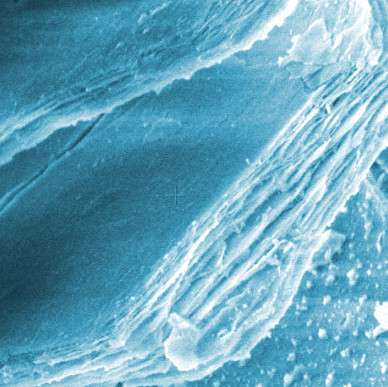X-ray record smashed
 Australian engineers have created the thinnest X-ray detector ever produced.
Australian engineers have created the thinnest X-ray detector ever produced.
Scientists have used tin mono-sulfide (SnS) nanosheets to create the incredibly thin X-ray detector, potentially enabling real-time imaging of cellular biology.
X-ray detectors are tools that allow energy transported by radiation to be recognised visually or electronically, like medical imaging or Geiger counters.
Members of the ARC Centre of Excellence in Exciton Science, based at Monash University and RMIT University, have shown that SnS nanosheets are also excellent candidates for use as soft X-ray detectors.
They have shown that SnS nanosheets possess high photon absorption coefficients, allowing them to be used in making ultrathin soft X-ray detectors with high sensitivity and a rapid response time.
These materials were found to be even more sensitive than another emerging candidate (metal halide perovskites), boasting a faster response time than established detectors and are tuneable for sensitivity across the soft X-ray region.
The SnS X-ray detectors created by the team are less than 10 nanometres thick.
Putting that in perspective, a sheet of paper is about 100,000 nanometres thick, and human fingernails grow about one nanometre every second. Previously, the thinnest X-ray detectors created were between 20 and 50 nanometres.
Considerable work remains to explore the full potential of the SnS X-ray detectors, but Professor Jacek Jasieniak of Monash’s Department of Materials Science and Engineering, the senior author of the paper, believes it is possible this could one day lead to real-time imaging of cellular processes.
“The SnS nanosheets respond very quickly, within milliseconds,” he said.
“You can scan something and get an image almost instantaneously. The sensing time dictates the time resolution. In principle, given the high sensitivity and high time resolution, you could be able to see things in real time.
“You might be able to use this to see cells as they interact. You’re not just producing a static image, you could see proteins and cells evolving and moving using X-rays.”
More details are accessible here.







 Print
Print